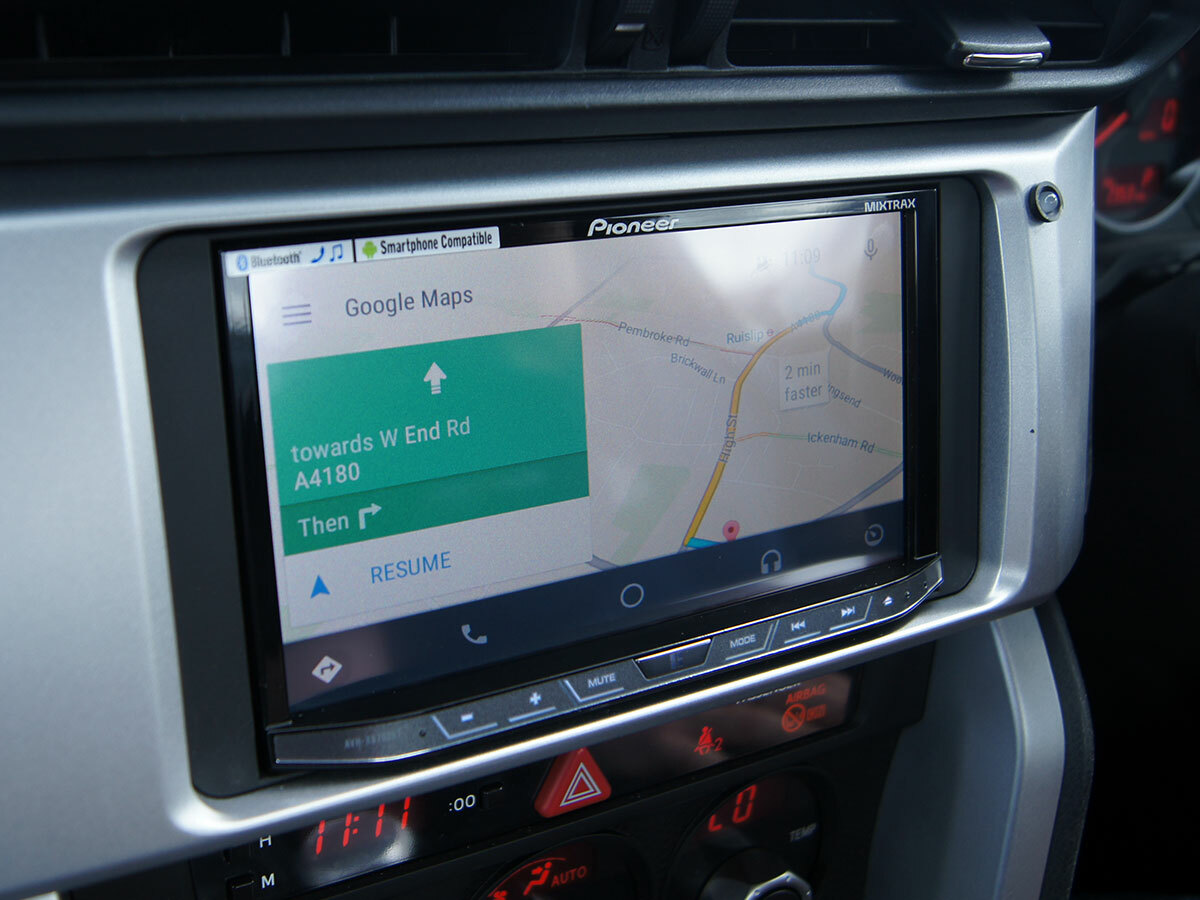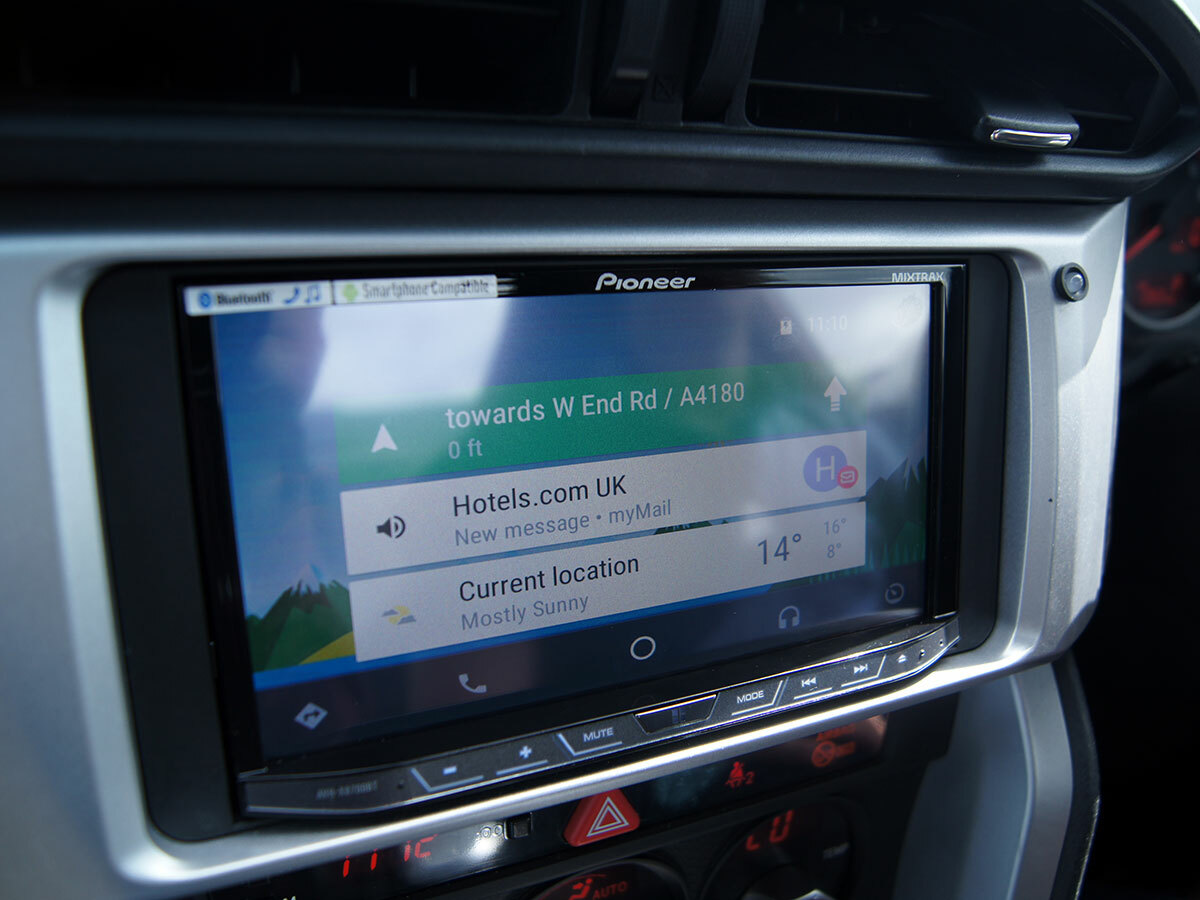Android Auto hands-on review
Google's take on in-car infotainment is here - but is it better than Apple CarPlay?
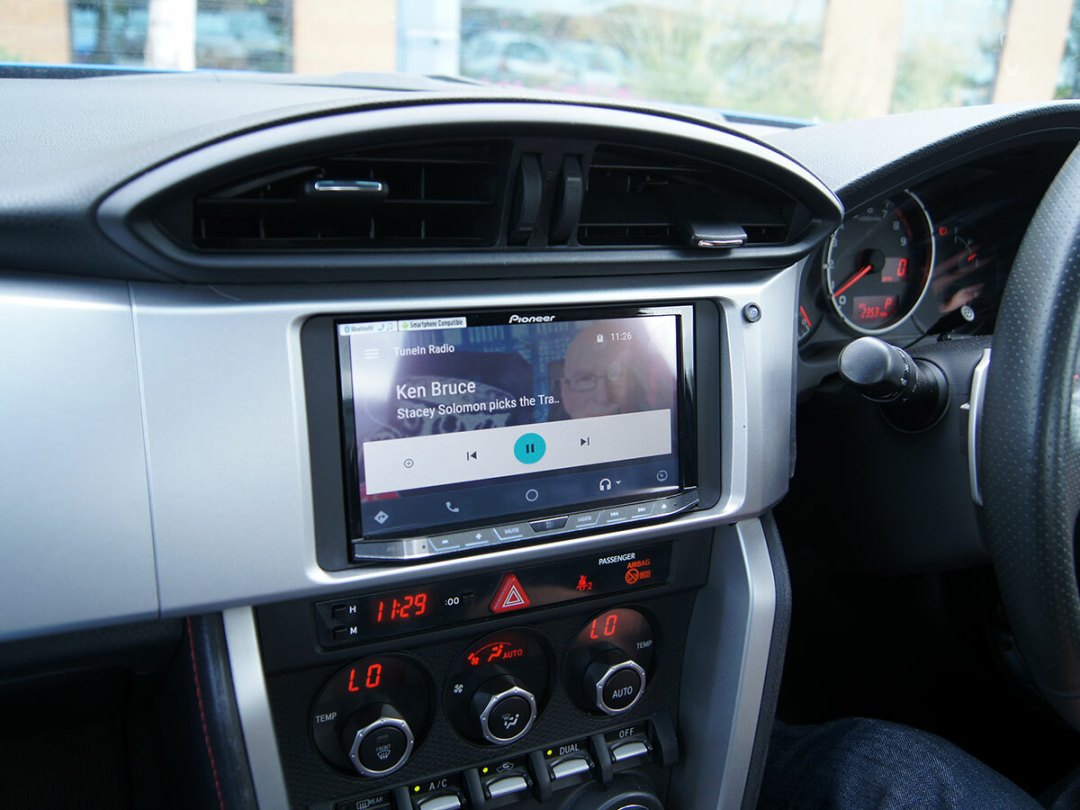
Car manufacturers have for years been trying to develop infotainment systems that are a match for modern smartphones.
Not only have they almost universally failed, the effort seems to have been fairly pointless – with CarPlay and Android Auto, built-in systems (in theory at least) just aren’t required anymore.
I’ve already tested CarPlay and have been living with it – for better and worse – for around eight months now, and considering how flawed I find the Apple solution I’ve been eagerly anticipating the chance to test out Google’s alternative. For me, this could be enough to consider a more permanent move to the Android side of the phone divide.
I’ve now had that chance, but only in brief – around an hour at Pioneer’s UK HQ that didn’t actually involve driving anywhere. This is therefore very much an early impressions piece. But early impressions are pretty good.
More frivolous and fun
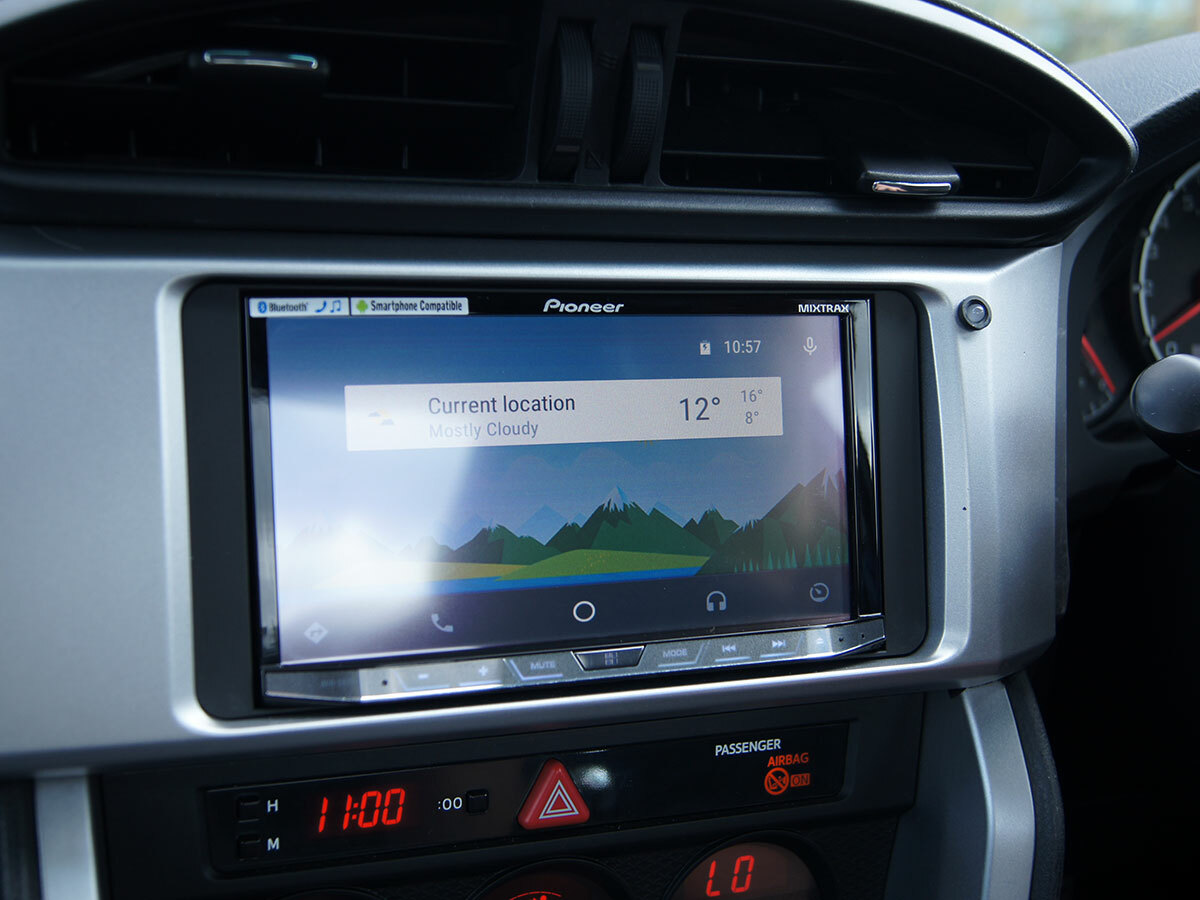
For a start, this is a far more welcoming interface than the grid of icons that Apple gives you. The home screen has a customisable wallpaper, with five small icons (for navigation, telephony, home, audio, and manufacturer apps) arranged in a row at the bottom.
Keeping these icons out of the way means the main display can be used for notifications. At first plug-in you’re told what the weather’s like. Then Google Now will automatically use your driving habits, emails, etc, to try to guess where you’re going and create a banner with distance and traffic details for that drive. Click on that banner and Google Maps will pop-up, ready to guide you.
If you return to the home screen during your drive the top notification will always give you your next navigation instruction, and things like messages (which can be read to you and to which you can dictate a reply) will appear beneath it.
Soundtrack to the open road
As with Apple CarPlay, Android Auto has just the one sat-nav app, but seeing as it’s Google Maps and not Apple Maps this seems like an easy Android Auto win. Google’s route planning is more intelligent and traffic is more clearly displayed. Still the lack of a more specialist alternative such as TomTom, which includes the likes of speed limits and speed camera alerts, is an oversight that both systems would be wise to rectify sharpish.
For music there’s no clear advantage either way. Just like CarPlay, Android Auto has Spotify, TuneIn and RadioPlayer, and adds Google Play Music where Apple has iTunes. The Google version of every app is a little more welcoming and colourful than Apple’s, but arguably a little less slick and classy.
“How do you make pancakes?”
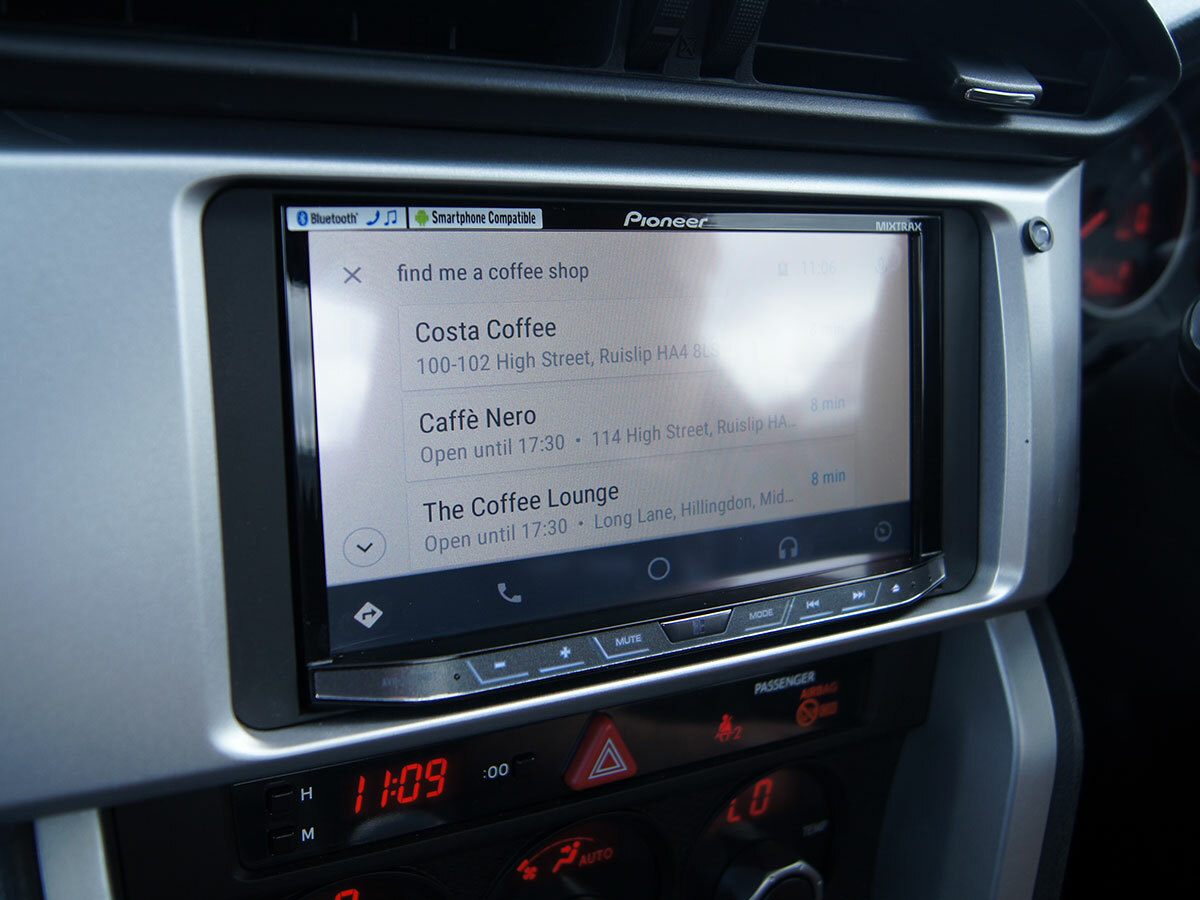
Unsurprisingly, voice control plays a big part in Android Auto operation, especially when it comes to making phone calls – in fact, the system doesn’t give you access to your whole contacts list, presumably because Google feels scrolling through a list of hundreds of names while rocketing down a motorway is poor driving etiquette. Interesting that Apple doesn’t take the same approach.
But apart from getting directions and making calls, voice commands can also be used to make a long journey far more interesting – “how do you make pancakes?” and “which is the biggest volcano in the world” were two questions posed and answered during my demo.
The Competition › Apple CarPlay Review
Gremlins in the gears?
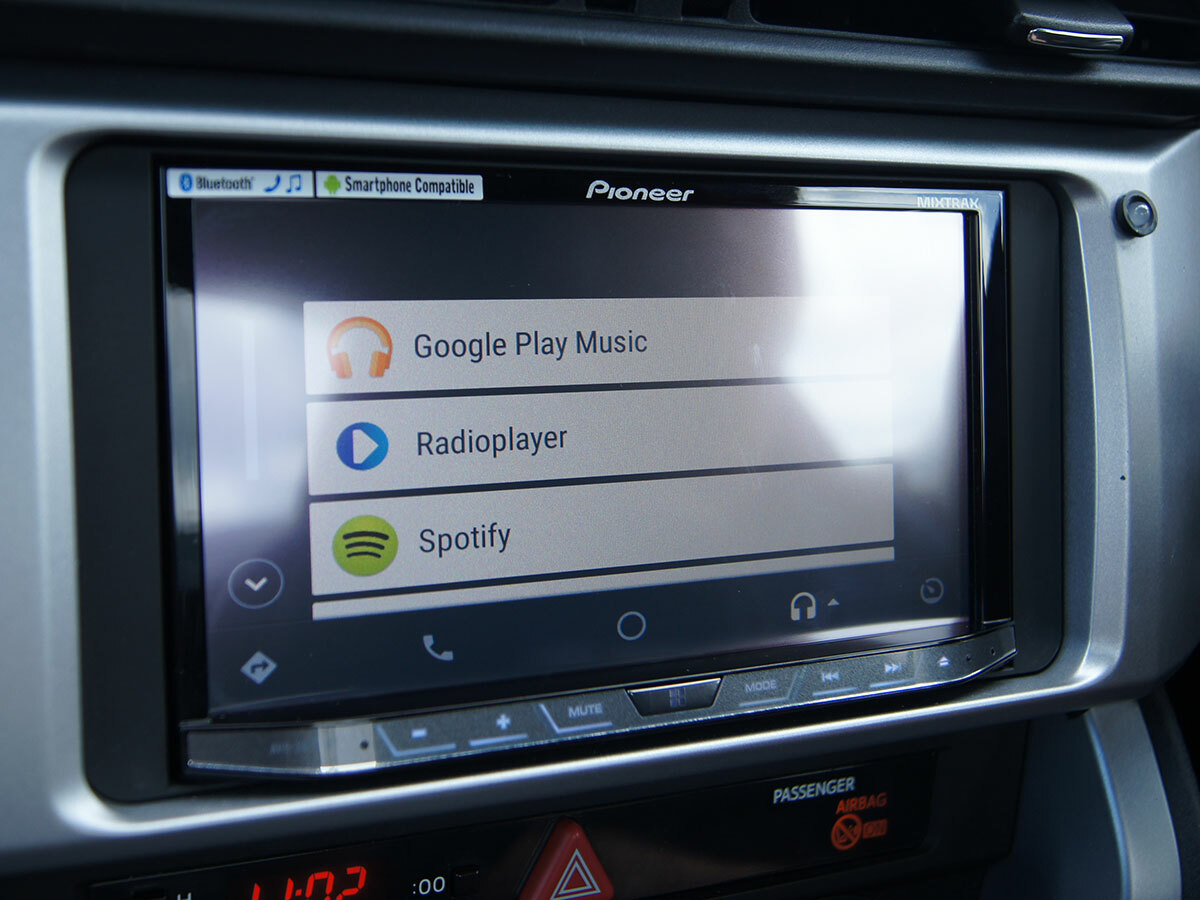
The system doesn’t seem flawless though. During the short time I spent at Pioneer there were a few stutters and a few voice commands that yielded no result, despite them seeming to have been understood. Still, my first thought is that Android Auto isn’t as riddled with bugs as CarPlay, but it will take a lot more testing to be sure. That’s when I’ll write a full review, but I have to say the friendlier presentation and Google Maps sat-nav seem very appealing to this current CarPlay driver.
If you don’t want to wait for the full review you can go ahead and add Android Auto to your car now with a Pioneer head unit. There are currently three models that support it (and also CarPlay, as it happens) – the AVH-X8700BT (£500), AVIC-F70DAB (£700) and AVIC-F77DAB (£850), each of which has a (varied) suite of Pioneer’s own features on top of the smartphone-powered operating systems.
Interestingly, the SPH-DA120 that I run CarPlay on in my car can’t have Android Auto added to it because the screen doesn’t adhere to Google’s strict 7in-or-more guideline. I’m hearing rumours that Pioneer might introduce an entry-level Android Auto solution at some point, but I don’t believe that’s imminent.
In the long run it looks as though almost every car will come with support for both systems, as pretty much every manufacturer has signed up, but how long that will take and how much of a premium it will command remains to be seen. Even so, I don’t think I’d buy a new car now if it didn’t have at least one or the other – neither is perfect yet, but at least you can rely on them to be regularly updated and both will almost certainly be great eventually. Can you say the same of any car manufacturer’s own system? Thought not.
Not buying a new car? Pioneer has an aftermarket head unit for you. As for whether Android Auto or Apple CarPlay is best – that’ll have to wait for a full head-to-head, which we’ll have with you just as soon as possible.
